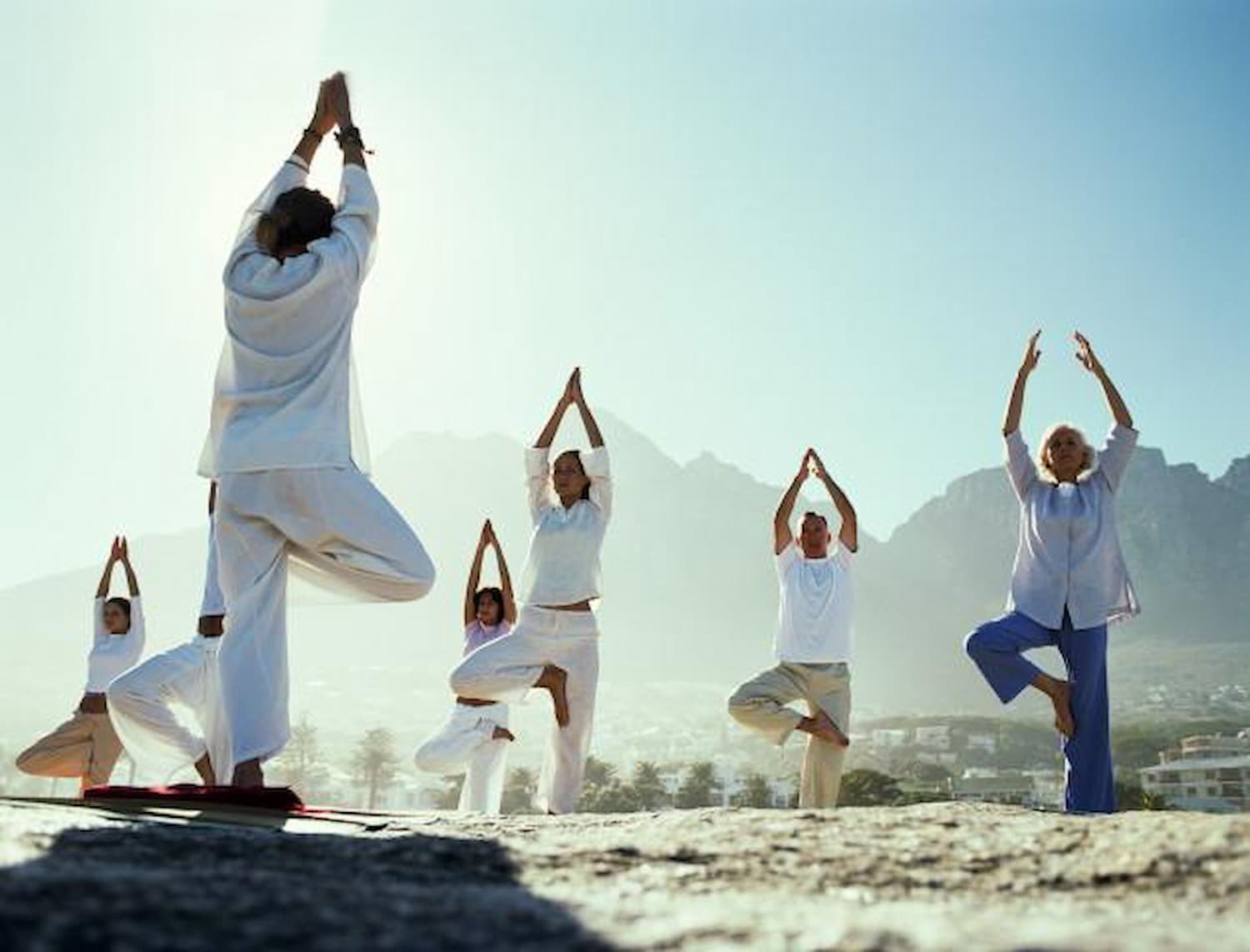
Yoga purists and Indian institutions contend that yoga is under siege, with the seemingly endless proliferation of yoga styles and the attempts by some to patent and copyright their brand of the ancient meditative discipline. In a move to protect the country's rich yoga tradition, an Indian government body has begun to classify and record the numerous yoga poses or asanas. The Traditional Knowledge Digital Library, the Indian body given the task of protecting India's traditional knowledge, is particularly irked that yoga practitioners are franchising their businesses. This gives individuals ownership of a particular yoga sequence, which they are able to profit from teaching or licensing.
Bikram, Inc
The most prominent of these has been the exclusive rights granted to yogi Bikram Choudhury by the U.S. Copyright Office in 2002, for his version of ‘hot' yoga practised in a heated room. Choudhury has amassed a fortune in his adopted home, including a Beverly Hills home and a reported annual turnover that easily makes him and his wife wealthy by local standards. Anyone wanting to open a studio that utilises the ‘hot' yoga technique patented by Choudhury must be trained and certified by Bikram Choudury himself at yoga classes conducted bi-annually. Having proprietary rights protects Choudhury's style, which involves 26 unique yoga asanas, and assures a steady stream of revenue from the compulsory training programs he conducts. Choudhury argues that the franchise model assures that standards are maintained, as well as enabling Bikram, Inc to protect its intellectual property rights against copyright infringement.
Source: Alarabiya News
Yoga for All
Bikram Choudhury's critics have argued against the trade marking of hot yoga, which has been in the public domain for thousands of years. In 2003, The Open Source Yoga Unity (OSYU), a cooperative of yoga studios, challenged Bikram in court, contending that they were obliged to:
“resist the enforcement of the copyright protection of any yoga style thereby ensuring its continued natural unfettered practice for all to enjoy and develop."
The OSYU went on to say:
“While we appreciate the teachings of yoga teachers, we do not believe that they have the legal right to impose control over another's yoga teaching or practice.”
A federal judge did, however, find in favour of Choudhury, maintaining that his version of hot yoga was "assembled in a sufficiently creative fashion", and upheld the copyright, with the parties settling out of court. Choudury's supporters argue that he is free to protect his creative efforts. James Caldwell, who runs Bikram Yoga Northside in Sydney, agrees with the premise: “It was Bikram's contention that his creative contribution lies in the sequence of asanas, in the same way that a musical composer can have no claim over any musical notes (do-re-mi), but can be protected when the notes are arranged in a composition.”
Philosophy or Fitness?
The quarrel here is down to the differing views of yoga, with Indian institutions and yoga purists considering it a philosophical discipline with deep cultural roots. When modernised versions of yoga postures are copyrighted, the authenticity of the sequence of yoga poses can be compromised. This is because many of the traditional yoga poses have been altered or changed to suit the needs of the modern practitioner, often at the expense of the original purpose or meaning of the pose. In some cases, these new postures can even be dangerous for practitioners if they are not performed correctly. For this reason, it is important to practise traditional yoga in order to maintain the lineage and integrity of this ancient discipline.
This is in contrast to the West where the physical practice of yoga has become an element of a health and fitness lifestyle practised alongside other physical fitness genres such as Pilates, and largely free of any spiritual associations. Others in the yoga community will simply shrug and say yoga is bigger than any attempts to catalogue or claim it, and that it will continue to bring knowledge and inner peace to those that practise it.
There are many ways we can support and promote the yoga tradition in our communities. One way is to attend traditional yoga classes taught by qualified instructors. Another way is to learn about the history and philosophy of yoga so that we can better understand its significance. We can also share our knowledge of yoga with others and promote the practice as a means of promoting health and wellbeing. In this way, we can help to safeguard the yoga tradition for future generations.
Find a qualified yoga practitioner in your area on Natural Therapy Pages' practitioner listing pages.
Originally published on Jul 07, 2010








